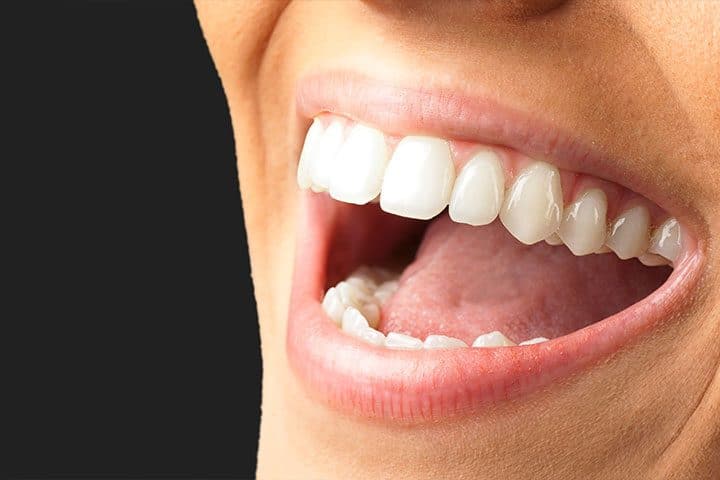
Did you know that receding gum tissue also means lost supporting bone? A soft tissue graft can reduce further recession and bone loss. In many cases it can reduce tooth sensitivity and improve the esthetics of your smile as well.
What is Soft Tissue Grafting?
It is a simple and effective solution to gum recession, reducing tooth sensitivity and improving the aesthetics of your smile.
Healthy gum tissue protects your teeth from periodontal disease, decay and sensitivity, and helps create a great smile.
Symptoms
Gum disease, aggressive tooth brushing and tooth grinding/clenching are some of the reasons why gum tissue recedes and roots become exposed. When roots become exposed, they can become sensitive to temperature change, vulnerable to decay and associated with loss of bone.
Where does the graft material come from?
There are two primary sources of grafting material.
(1) The first source is by harvesting tissue from your own body, usually the roof of your mouth (autograft). Obtaining the autograft involves a second small surgery to collect a section of tissue large enough to cover the graft site.
(2) The second source is from donated human tissue matrix (allograft) that has been processed to remove donor cells. Using an allograft allow us to perform the procedure without creating a second surgical site and harvesting tissue from the roof of your mouth.
AlloDerm is donated human regenerative tissue matrix that is processed to remove all donor cells. AlloDerm is widely used in both medicine and dentistry for plastic and reconstructive surgery. Originally developed to treat burn patients, it is also used in general, orthopedic, cosmetic and dental surgery. So you can be assured that AlloDerm is safe. Since its introduction in 1994, over one million AlloDerm grafts have been successfully placed with no known incidence of disease transmission. Donor tissue is extensively screened and undergoes processing procedures to ensure it is virally inactivated before release for patient care.
The Procedure
First the area is completely anesthetized. Then the gum tissue around the teeth is lifted and pushed back to create a pocket. Once the gum tissue is moved out of the way, a thorough cleaning of the root surfaces is done. Now the graft material can be easily slipped into the pocket.
The new graft is positioned to cover the exposed root surfaces. The graft is then securely held in position with delicate sutures.
Finally, the gum is positioned over the graft to protect it and held in place with sutures. The result is a beautiful new smile and improved oral health.
